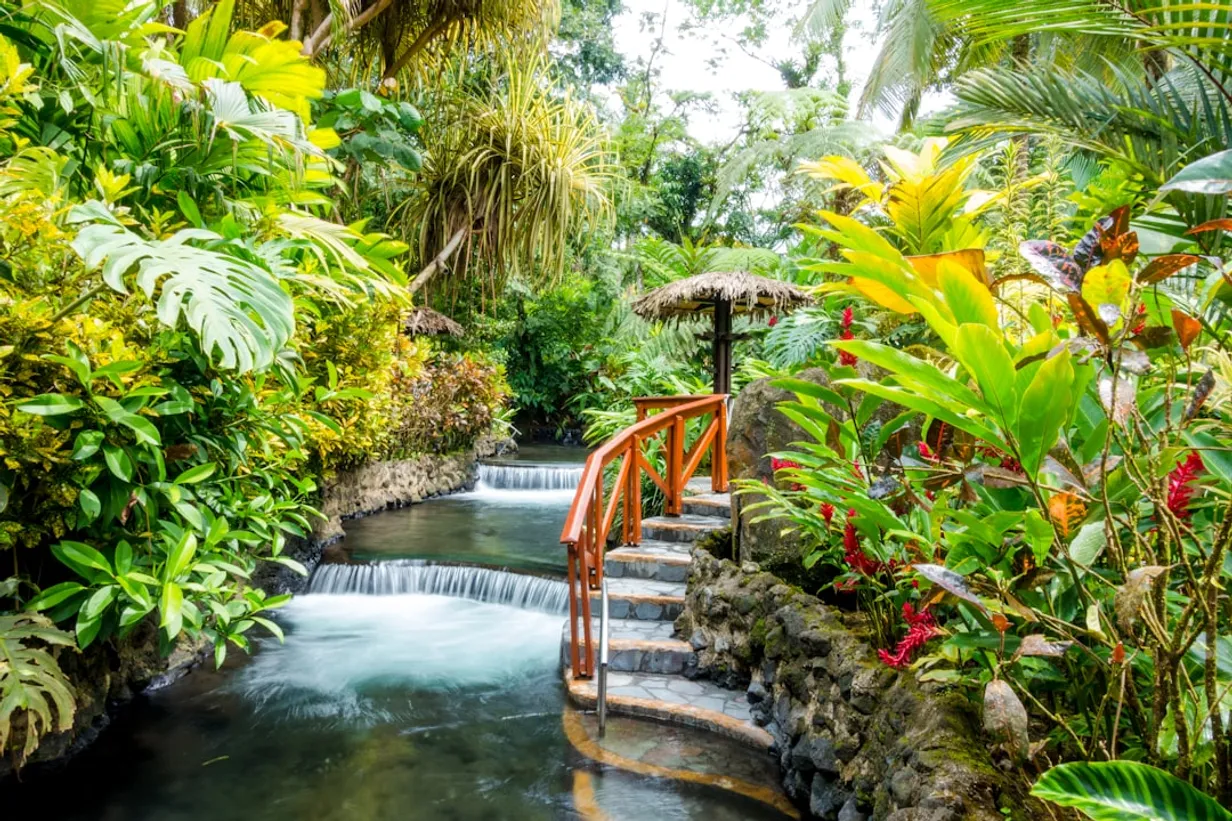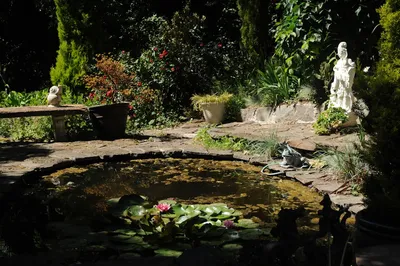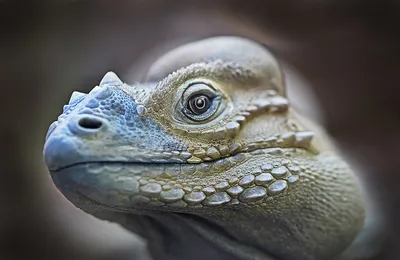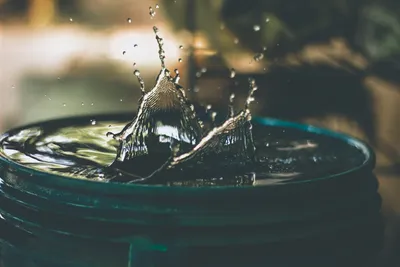Cultivating Water-Wise Gardens with Native Australian Aquatic Plants

Introduction to Water-Wise Gardening
Water-wise gardening is an essential practice for sustainable horticulture, especially in regions prone to variable climatic conditions such as Australia. Embracing native and aquatic plants plays a significant role in cultivating gardens that not only conserve water but also support local ecosystems.
Benefits of Native Australian Aquatic Plants
Native aquatic plants are uniquely adapted to Australia's climate and soil conditions, making them a resilient choice for any garden. Here are some benefits of incorporating these plants into your landscape:
- Biodiversity Enhancement: Native plants offer essential habitat and food sources for wildlife, supporting a balanced ecosystem.
- Water Conservation: These plants naturally thrive in wetland environments and require less water than non-native species.
- Low Maintenance: Once established, native plants typically need minimal maintenance, reducing the time and resources required to keep them thriving.
Choosing the Right Plants for Your Garden
When selecting native aquatic plants, consider the specific conditions of your garden, such as water availability, sunlight exposure, and soil type. Here are a few native aquatic plants to consider for your Australian garden:
Water Lilies (Nymphaea species)
Water lilies are not only aesthetically pleasing with their beautiful blooms but also provide shade for aquatic life, helping to control algae growth. They prefer still waters and can be an excellent addition to ponds.
Swamp Lily (Crinum pendunculatum)
Known for its striking flowers, the swamp lily thrives in damp, boggy areas and can add dramatic flair to any water garden.
Common Nardoo (Marsilea drummondii)
This fern-like aquatic plant can grow in a variety of conditions, from shallow waters to semi-dry soils, making it a versatile choice. It provides excellent ground cover and supports soil health.
Designing Your Water-Wise Garden
Consider incorporating a range of plant types and structures to enhance your garden's ecological value. Build variety by mixing emergent, submergent, and floating plants for a holistic aquatic environment.
Use stones and logs to create natural barriers and habitats, adding depth and character to your garden layout while promoting biodiversity.
Sustaining Your Native Aquatic Garden
Maintenance of native aquatic gardens involves regular but minimal intervention. Consistently monitor the water levels and fertilize with organic options to promote growth. Pruning should be scheduled to avoid overcrowding, allowing each plant to thrive.
Conclusion
Water-wise gardening through the cultivation of native Australian aquatic plants contributes significantly to environmental sustainability and biodiversity. By incorporating these practices, you can create beautiful, low-maintenance, and ecologically beneficial gardens that support local flora and fauna.
Popular Gardening Guides
Explore our most loved gardening articles, featuring expert advice on plant selection and sustainable practices.



